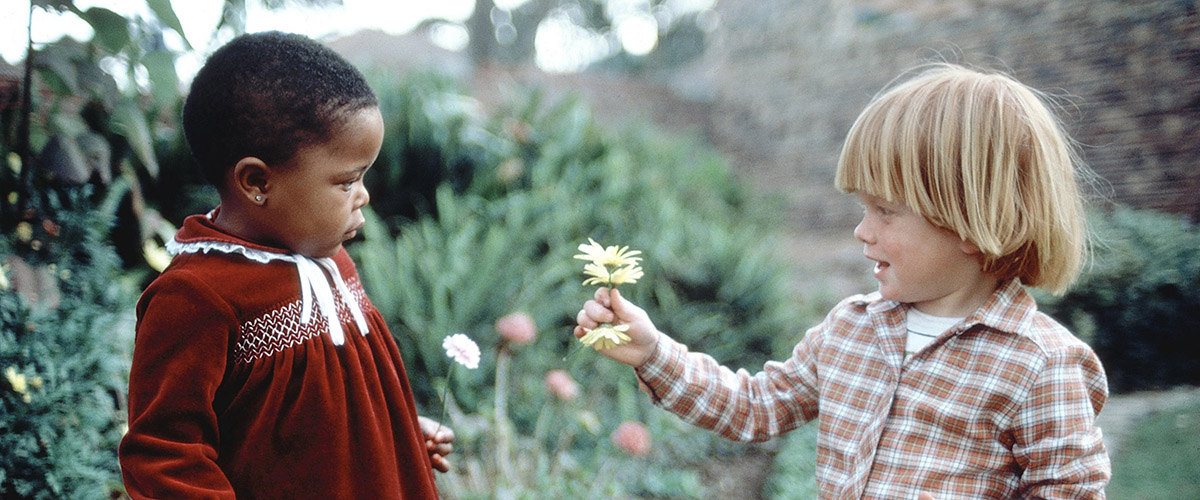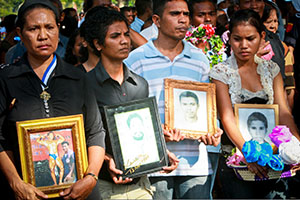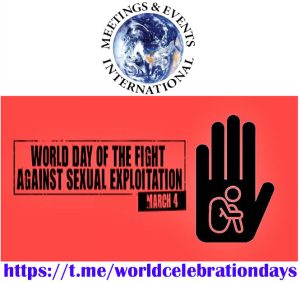The United Nations is committed to strengthening tolerance by fostering mutual understanding among cultures and peoples. This imperative lies at the core of the United Nations Charter, as well as the Universal Declaration of Human Rights, and is more important than ever in this era of rising and violent extremism and widening conflicts that are characterized by a fundamental disregard for human life.
In 1996, the UN General Assembly (by resolution 51/95) invited UN Member States to observe the International Day for Tolerance on 16 November. This action followed up on the United Nations Year for Tolerance, 1995, proclaimed by the UN General Assembly in 1993 at the initiative of UNESCO, as outlined in the Declaration of Principles on Tolerance and Follow-up Plan of Action for the Year.
UNESCO-Madanjeet Singh Prize for the Promotion of Tolerance and Non-Violence
In 1995, to mark the United Nations Year for Tolerance and the 125th anniversary of the birth of Mahatma Gandhi, UNESCO created a prize for the promotion of tolerance and non-violence. The UNESCO-Madanjeet Singh Prize for the Promotion of Tolerance and Non-Violence rewards significant activities in the scientific, artistic, cultural or communication fields aimed at the promotion of a spirit of tolerance and non-violence.
The prize is awarded every two years on the International Day for Tolerance, 16 November. The Prize may be awarded to institutions, organizations or persons, who have contributed in a particularly meritorious and effective manner to tolerance and non-violence. The 2016 winner is the Federal Research and Methodological Center for Tolerance Psychology and Education (Tolerance Center) of Russia.


 2016 Theme: Indigenous Peoples’ Right to Education
2016 Theme: Indigenous Peoples’ Right to Education « Nelson Mandela’s extraordinary compassion after 27 years in prison showed that human rights and equality are stronger than discrimination and hate. » – Secretary-General Ban Ki-moon
« Nelson Mandela’s extraordinary compassion after 27 years in prison showed that human rights and equality are stronger than discrimination and hate. » – Secretary-General Ban Ki-moon « On this World Population Day, I urge all Governments, businesses and civil society to support and invest in teenage girls. Everyone deserves the benefits of economic growth and social progress. Let us work together to ensure a life of security, dignity and opportunity for all. »
« On this World Population Day, I urge all Governments, businesses and civil society to support and invest in teenage girls. Everyone deserves the benefits of economic growth and social progress. Let us work together to ensure a life of security, dignity and opportunity for all. »  the object of erroneous beliefs and myths influenced by superstition, which foster their marginalization and social exclusion. This leads to various forms of stigma and discrimination.
the object of erroneous beliefs and myths influenced by superstition, which foster their marginalization and social exclusion. This leads to various forms of stigma and discrimination.



 Every year since 2009, 4th March has been designated as World Day of the Fight Against Sexual Exploitation. Although there are exceptions, sexual exploitation overwhelmingly involves women and children, and it is a problem of worldwide proportions.
Every year since 2009, 4th March has been designated as World Day of the Fight Against Sexual Exploitation. Although there are exceptions, sexual exploitation overwhelmingly involves women and children, and it is a problem of worldwide proportions.  The International Labour Organisation (ILO) estimates that nearly a million people are trafficked every year for purposes of sex ual exploitation. Although 98% are women and girls, this number also includes a significant number of boys and young men. The major international crimes are trafficking in drugs and weapons, but sexual trafficking follows closely behind and is now a highly lucrative international criminal industry.
The International Labour Organisation (ILO) estimates that nearly a million people are trafficked every year for purposes of sex ual exploitation. Although 98% are women and girls, this number also includes a significant number of boys and young men. The major international crimes are trafficking in drugs and weapons, but sexual trafficking follows closely behind and is now a highly lucrative international criminal industry.